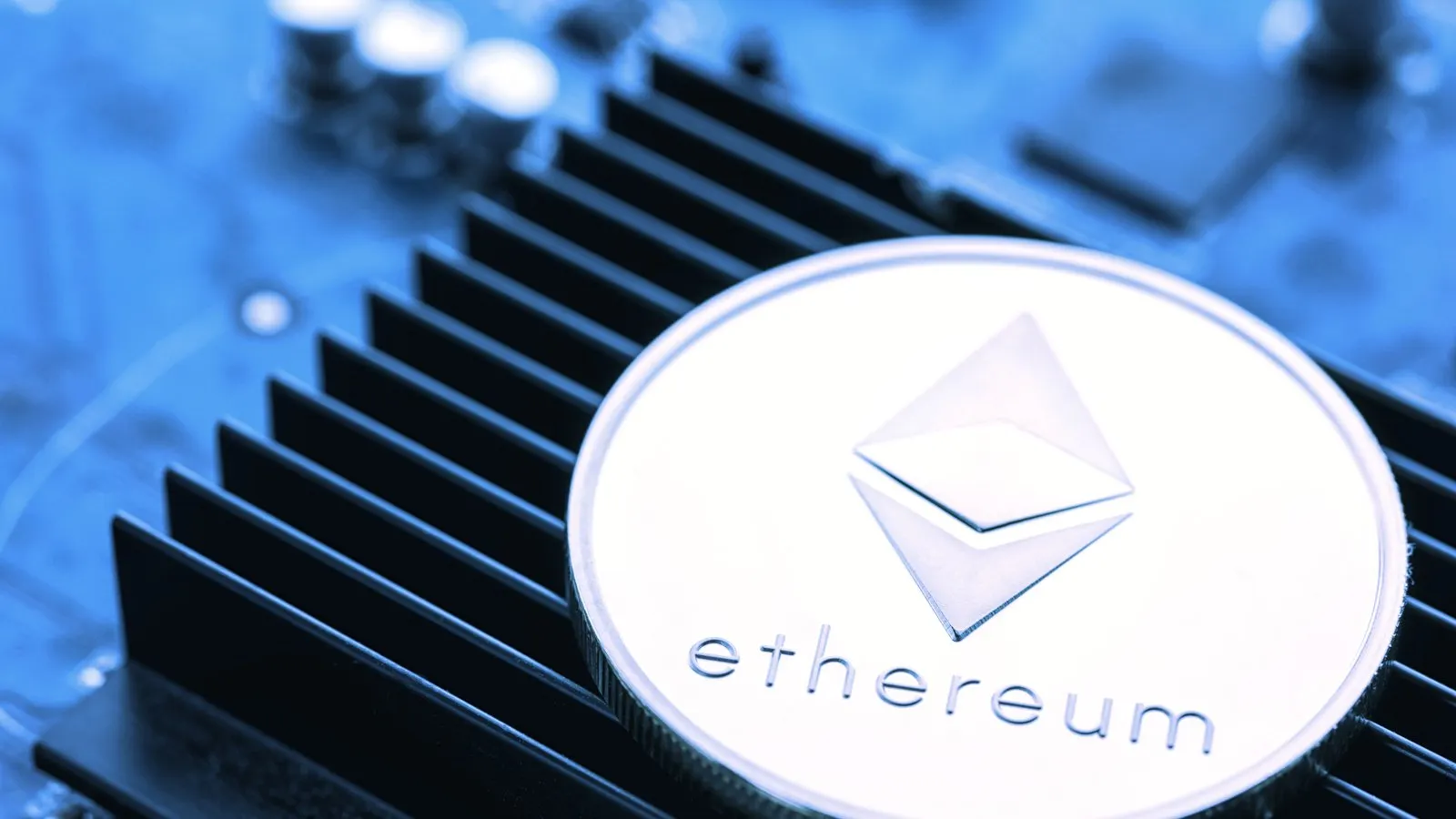In brief
- The London hard fork brought EIP-1559 into existence.
- The upcoming Altair upgrade will add features to the beacon chain.
It's been fewer than three months since the Ethereum blockchain underwent a massive network upgrade that changed how miners are paid. Now, the blockchain's core developers are embarking on another update, Altair, set to go into effect on Wednesday, October 27.
Altair is the first time the beacon chain, which is helping transition the network away from proof of work, is being upgraded on the main network. And according to Pooja Ranjan, who heads up a decentralized group of project managers known as the Ethereum Cat Herders, this might be "the only upgrade to the beacon chain before Ethereum switches to proof of stake."
The beacon chain, which went live in December of last year, is a proof-of-stake chain running on mainnet parallel to the proof-of-work chain. It's designed to do a few things. First, it introduces staking to the Ethereum ecosystem. Currently, the Ethereum blockchain uses "miners" to process transactions; each miner uses specialized hardware to compete to be the first one to solve a cryptographic puzzle. Staking does away with that, ensuring decentralization and security by instead having people lock up some of their ETH into the software. For their sacrifice, they become eligible for rewards in the form of more ETH.
It also prepares the mainnet for "shard chains" which will make transactions on the oft-congested network faster by creating 64 blockchains that work in harmony. This feature, which will make so-called "Ethereum 2.0" fully functional, is expected at some point next year, according to documentation from the Ethereum Foundation.
For now, the beacon chain allows people to stake ETH but not withdraw it. "After the merge, there will be a complete switch of consensus mechanism from 'proof of work' to 'proof of stake,'" said Ranjan. "With a later upgrade in 2022, users may be able to withdraw funds."
And while this upgrade isn't a merge, it's nonetheless crucial for those running validator nodes.
According to Tim Beiko, who coordinates the work of Ethereum core developers, Altair has three main benefits. First, after the upgrade, developers will be able to build light clients on the beacon chain. A light client is less bulky than full node software for validating blocks and the transactions in them; it doesn't need to constantly sync with the full blockchain, making it ideal for people who need an easier way to interact with the network.
Moreover, said Beiko, "it raises inactivity+slashing penalties to their 'true' level." Stakers can't just sit back and earn a yield. They need to keep their nodes online and updated to the latest software. If they don't, they can receive penalties. Said Beiko, "They had been lowered at launch to be more lenient towards early stakers." Now, those that don't do their job can get their stake slashed, meaning they lose a portion of their ETH.
Finally, it's just a chance to make sure the network can be upgraded on the beacon chain without a hitch. "We want to make sure it works smoothly before the merge," said Beiko.
In the meantime, it's time for people to upgrade their nodes. Danny Ryan, who's coordinating the move to Ethereum 2.0, told Decrypt around half of people have already updated their node, a process that took him about 10 minutes. "I'm confident we'll get quite a bit of upgrading this weekend but we'll only know where we get to by Wednesday."
I just upgraded for Altair!
Have you?It took me 8 minutes. Why wait?
— dannyryan 🏺🚂 (@dannyryan) October 22, 2021
If more nodes don't upgrade, it could, in an extreme circumstance, make the network vulnerable to a chain split. That's what happened in August when users of the Geth software client on Ethereum failed to upgrade their software after a bug was found.
The previous network upgrade, known as the London hard fork, introduced a raft of changes, most notably EIP-1559, the Ethereum improvement proposal that redirected transaction fees away from miners and into a wallet no one could access, effectively reducing ETH's rate of monetary expansion.
While Altair doesn't have anything so drastic and won't affect casual users of the network, it's another big step toward the future of Ethereum.

